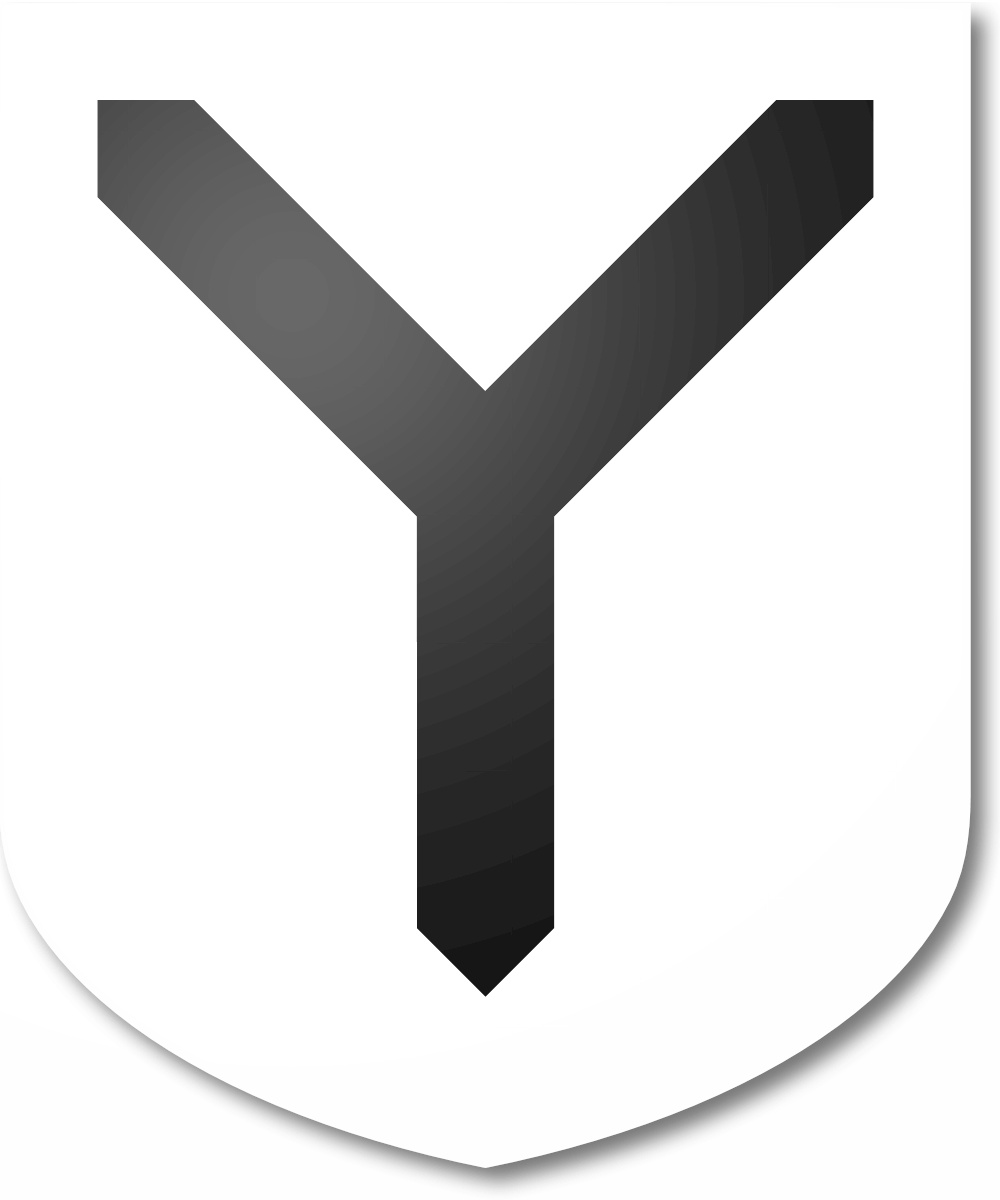The following is a brief summary of the part of the Cunningham clan history that covers the Earls of Glencairn. The Glencairn lineage can be traced as follows:
1st Earl (1488): Alexander Cunninghame
Alexander became the Earl of Glencairn in 1488. Took his title from the family’s estate/property located in Dumfrieshire. His title prior to being granted the earldom was Lord Kilmaurs. Receiving his title for battle services at Blackness, Alexander was killed in the same year at the Battle of Sauchieburn.
2nd Earl (1488-1503): Robert Cunninghame
When the Earldom was rescinded by King James IV, Robert was left with only the title of the Lord of Kilmaurs
3rd Earl (1503-1540): Cuthbert Cunninghame
The title was restored to Cuthbert who created the Burgh of Barony of Kilmaurs in the year 1527. This was introduced in the form of a charter which granted 280 Scots acres to 40 “tennamenters”, each of whom would hold a fortieth part of the total area.
4th Earl (1540-1547): William Cunninghame
The 4th Earl was active in the cause of the Reformation. At first, he was loyal to the Crown but when he witnessed the atrocities of the English, he joined the forces of the Reformation and played no small part in the cause.
5th Earl (1547-1574): Alexander Cunninghame
Like his father, he supported the Reformers and openly encouraged John Knox to return to Scotland. Known as the “good earl”, Alexander and Knox became firm friends. In fact, it is said that Knox gave his first communion under the yew tree which still stands at Finlaystone. While on the battlefield, Alexander was no slouch. He mustered and led 2,500 men to Perth to defend the cause and also opposed Mary Queen of Scots’ return to Scotland. He disavowed her marriage to Darnley and in the name of the Protestant forces, was in the forefront in the battles of Carberry Hill and Langside.
6th Earl (1574-1581): William Cunninghame
He did not seek to emulate his father but concentrated his efforts in trying to cool the on-going and bloody feud between the Cunninghame and Montgomerie families.
7th Earl (1581-1629): James Cunninghame
His father had some success in the setting up of a bond of friendship with the families of Cunninghames, Campbells, Montgomeries, Boyds, and Wallaces, which was in effect a form of arbitration to avoid and/or adjudicate on disputes between the families. James, however, did not support the work of his father. The Cunninghame-Montgomerie feud was renewed in the form of local skirmishes and the bloody battle was in full flood with the murder of Hugh, 4th Earl of Eglinton at Stewarton. Although denying all knowledge of the affair, James never quite shook off suspicion until he took legal action to counter the charges which were laid against him and others. These charges reached the Scottish Parliament, and while litigation dragged on, many of the Cunninghames and Montgomeries were killed or fled the country. In the end James was exonerated and agreed to friendly negotiations with the Montgomeries. It was James who commissioned the erection of a sculptured mural in that part of the Parish Church known as the Glencairn Aisle.
8th Earl (1629/30-1631): William Cunninghame
William’s reign as the Earl was a short one. There is no clear indication as to when he assumed the title principally because (according to McNaught) there is a doubt regarding the exact date of his father’s death.
9th Earl (1631-1664): William Cunninghame
A consistent supporter of Charles 1st, the 9th Earl was obliged to forfeit his title to the Scottish Parliament, but in time when he realized the possibility of Scotland being drawn into the feud between Charles and his Parliament in London, William’s support for the monarch quickly diminished. His title was restored and following the execution of Charles 1st, the 9th Earl fought with the Highland clans against General Monk when Cromwell invaded Scotland. Following a personal duel and skirmishes in the ranks he withdrew his forces/ thereafter engaging Monk’s columns at Dumbarton where overwhelming odds forced him to surrender on honorable terms. He returned home but was thrown into prison on suspicion of plotting/ but following the Restoration, Charles 2nd rewarded him with the appointment of Privy Councilor. A few years later he was elevated to Lord Chancellor but further political intrigues reduced his powers to almost nothing and he died a disillusioned man.
10th Earl (1664-1670): Alexander Cunninghame
His time as Earl was spent in comparative peace and quiet concentrating mainly on the salvaging of family property in respect of litigation stemming from the family feuds of former days. On his death his brother John succeeded to the title.
11th Earl (1670-1703): John Cunninghame
While his brother, Alexander, had presented a profile of non-involvement, this was not the style of John. He was at first a Royalist and as a committed one he was appointed a Commissioner of the Crown. As such he was empowered to enforce laws which were abhorrent to the Covenanter’s cause. This role earned him the dislike of many in the West of Scotland, as the Covenanters considered that the legal requirements (which affected the Church and its ministers) as being tantamount to a return to the days before the reformation. However, in time, John’s enthusiasm for enforcement disappeared and he and other members of the wider family of Cunninghames became firm supporters and defenders of the cause.
12th Earl (1703-1734): William Cunningham
His 31 years as Earl were comparatively uneventful. He was appointed Privy Councilors and served as the Governor of Dumbarton Castle, an appointment which had been previously held by his father. The Cunninghams by this time were, more or less, residents at their Finlaystone home in Renfrewshire. However, they still had business interests in the Kilmaurs area but William and his wife had much sorrow, as of their eight, sons, only one survived.
13th Earl (1734-1775): William Cunningham
Like many of his forebears William was involved in the affairs of the Church and in this connection became embroiled in bitter wrangling in the Laigh Kirk in Kilmarnock. The root of the problem lay in the internal politics of the Church which occasioned Burns to write “The Ordination”. William’s presentation of a “New Light” minister displeased the congregation to the point of rioting. Some years later in an attempt to placate the “Auld Lichts” his new nominee merely upset the “New Lichts”. His marriage to Elizabeth Macquire was not approved of by the aristocracy. His wife was the daughter of a carpenter and traveling fiddler in Glasgow. The romantic story of this marriage is too lengthy to record here except to say that it was from this marriage that his son, James, succeeded to the title as the 14th Earl.
14th Earl (1775-1791): James Cunningham
To Burns enthusiasts, James is the best known of the Cunninghames. As a Representative Peer he had great influence in Edinburgh. On reading the first published work of Robert Burns he became an avid supporter and patron of the bard. It was James who was responsible for the support given to Burns by the Caledonian Hunt who subscribed “one and all” towards the publication of the Edinburgh Edition of the poet’s work. James was not blessed with good health and on medical advice he went to Portugal and warmer climates. His journey back from his vacation was abruptly halted at Falmouth where his condition greatly deteriorated and he died there on 30th January, 1791. Burns was greatly affected by the news of his patron’s death and his great tribute to James; “Lament for James, Earl of Glencairn“, contains all the pathos and emotion of the poet.
15th Earl (1791-1796): John Cunningham
John was the brother of the 14th Earl and early in his career was an officer in the Dragoons. Later he took orders in the Church of England, much to the dismay of his friends in the Scottish Church. On his death he was buried in St. Cuthbert’s, Edinburgh and the title of Earl of Glencairn has remained vacant since 1796.
Additional information on the Earls of Glencairn can be found in the “Scots Peerage”.

